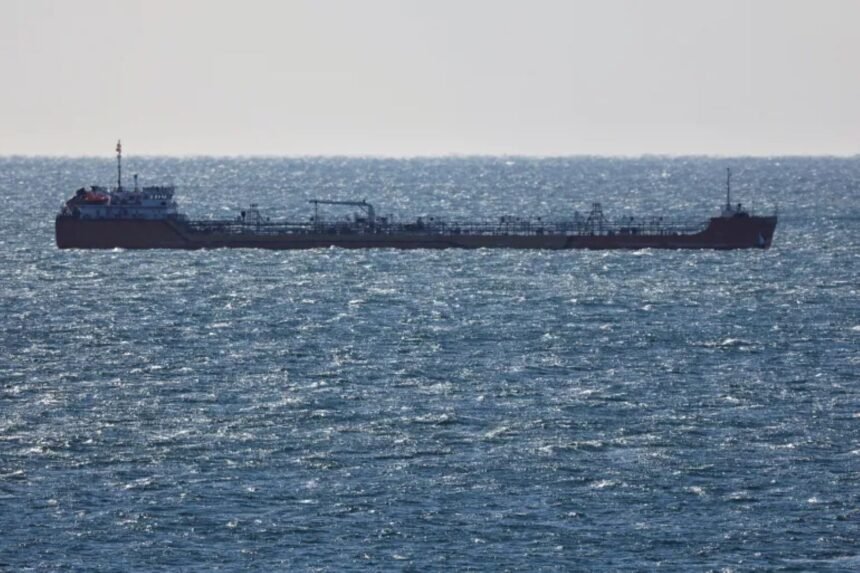China and India have suspended their purchases of Russian oil for March as new U.S. sanctions drive up shipping costs, Reuters reports, citing traders and shipment data.
On January 10, Washington imposed fresh sanctions targeting Russia’s oil supply chain, leading to increased tanker transportation costs. As a result, some buyers and ports in China and India have started avoiding sanctioned vessels.
The U.S. Treasury Department’s latest sanctions package targeted 183 vessels, including tankers from Russia’s “shadow fleet” used to bypass Western price caps on oil. The move is part of broader efforts to undermine Moscow’s energy revenues.
Rising Costs and Supply Disruptions
The cost of shipping Russian ESPO Blend crude oil to China via Aframax tankers—each capable of carrying about 100,000 metric tons—has surged to $6.5-7.5 million, while shipments to India have reached $9-10 million.
Offers for ESPO Blend deliveries to China in March have also risen to a premium of $3-5 per barrel over Brent crude, which was trading at $77.30 per barrel as of Tuesday, according to Reuters.
Indian refiners have yet to receive fresh offers for March deliveries from traders dealing in Russian oil, Bharat Petroleum’s chief financial officer Vetsa Ramakrishna Gupta confirmed last week.
Temporary Exemptions and Future Outlook
Despite sanctions, some blacklisted tankers continue offloading oil in China and India under a transitional period allowing sanctioned vessels to unload Russian crude until February 27, with payments approved by March 12.
However, experts warn that restrictions imposed by the U.S. and additional measures by China’s Shandong refining group could cut up to 1 million barrels of Russian crude per day from China’s independent refineries.
For India, analysts at consultancy FGE estimate disruptions of up to 450,000 barrels per day in Russian oil supplies. Indian refiners have already started securing alternative sources from the Middle East, Africa, and the U.S. in anticipation of tighter Russian supply conditions.
Shifting Market Dynamics
Last year, Russian oil accounted for 36% of India’s total crude imports and nearly 20% of China’s. With increasing difficulties in purchasing Russian crude, both countries may have to rely more on alternative suppliers, reshaping global oil trade dynamics in the coming months.







